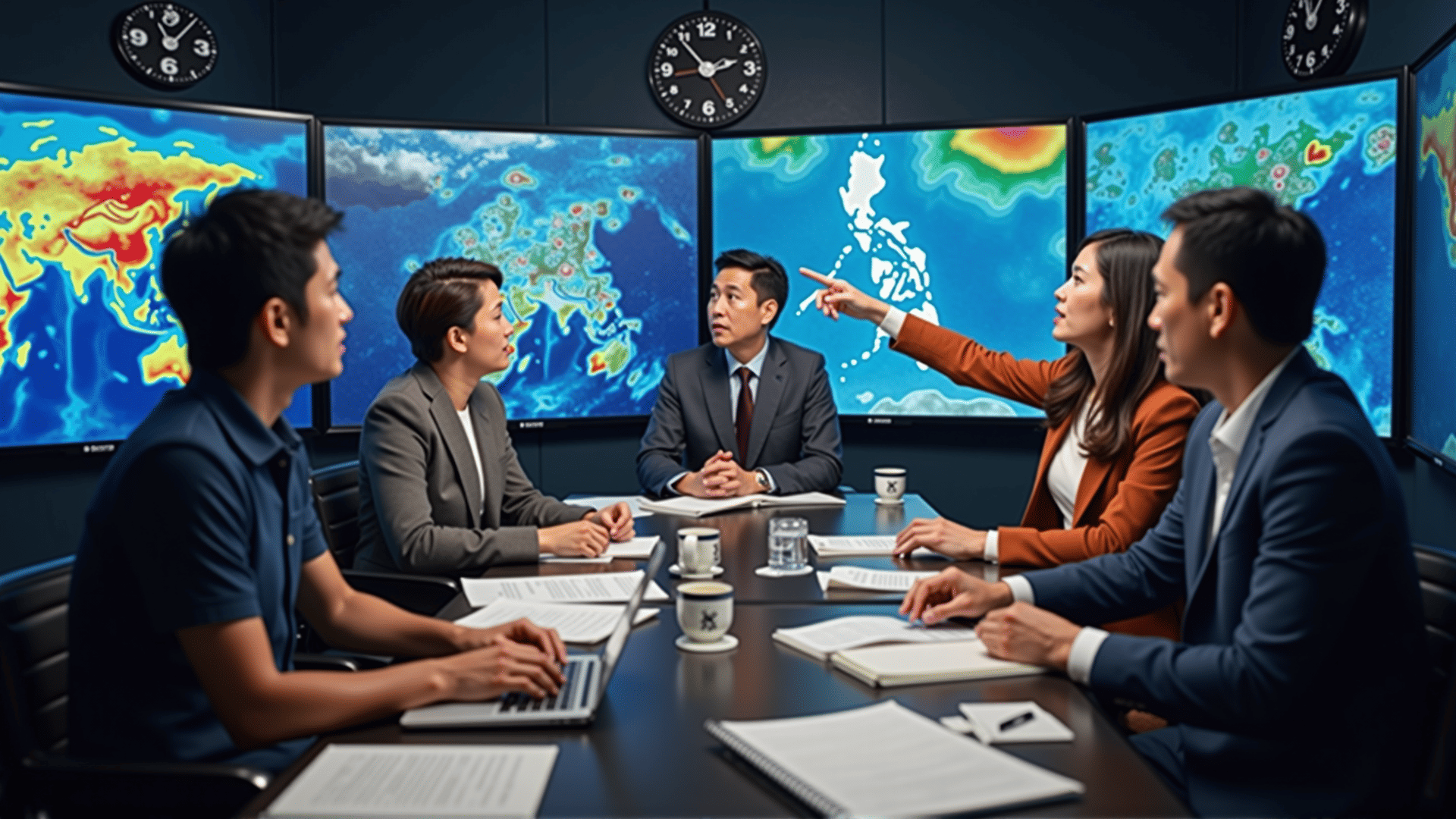In recent years, weather reporting in the Philippines has undergone a significant transformation, becoming a crucial component of public communication. As natural calamities have a high impact on the nation, ensuring that information reaches the public accurately and effectively is more critical than ever. This evolution in weather reporting places a substantial emphasis on precision and public engagement, leveraging strategic communication to keep communities safe and informed.
The Philippines, being an archipelago, regularly experiences a variety of weather phenomena, from tropical storms to intense monsoons. Historically, the challenges have been twofold: delivering timely forecasts and ensuring that the public interprets this information correctly. The stakes are high, with the wellbeing and safety of millions depending on swift and dependable updates.
Modern weather reporting in the Philippines prioritizes clarity and accessibility. This means adopting clear language, avoiding technical jargon, and emphasizing visuals like satellite imagery and graphical forecasts that can be easily understood by the public. By doing so, the general population, including those in remote areas or with limited access to formal education, can understand the warnings.
Another significant aspect of the current strategy is the proactive use of digital platforms. Social media has become an invaluable tool for disseminating weather reports swiftly. Platforms like Facebook, Twitter, and government websites offer real-time updates and alerts. These channels also encourage engagement, allowing the public to ask questions and seek clarification, thus creating a two-way communication street that enhances public comprehension and responsiveness.
Moreover, collaborations with local governments and community leaders have strengthened the reach of weather communications. By empowering local organizations and influencers with the right information and communication tools, they become extensions of the meteorological service, further ensuring that the message reaches every corner of the nation.
Educational initiatives also play a pivotal role. The integration of meteorological education in schools helps foster a culture of preparedness from a young age. By understanding weather patterns and the implications of different forecasts, the youth are equipped to inform their families and communities, making preparedness a communal effort.
Increased focus on training meteorologists and communicators in media and public relations has led to improvements in how messages are constructed and delivered. This professional development ensures that those delivering the information are not only versed in science but also skilled in public engagement.
In conclusion, the evolution of weather reporting in the Philippines is a testament to the commitment to using strategic communication methods to enhance public safety. Through a combination of clear messaging, digital engagement, local collaborations, and education, the nation continues to build resilience against the ever-present challenge posed by weather anomalies. By focusing on these core strategies, weather reporting does not merely inform, but actively empowers communities across the country.
